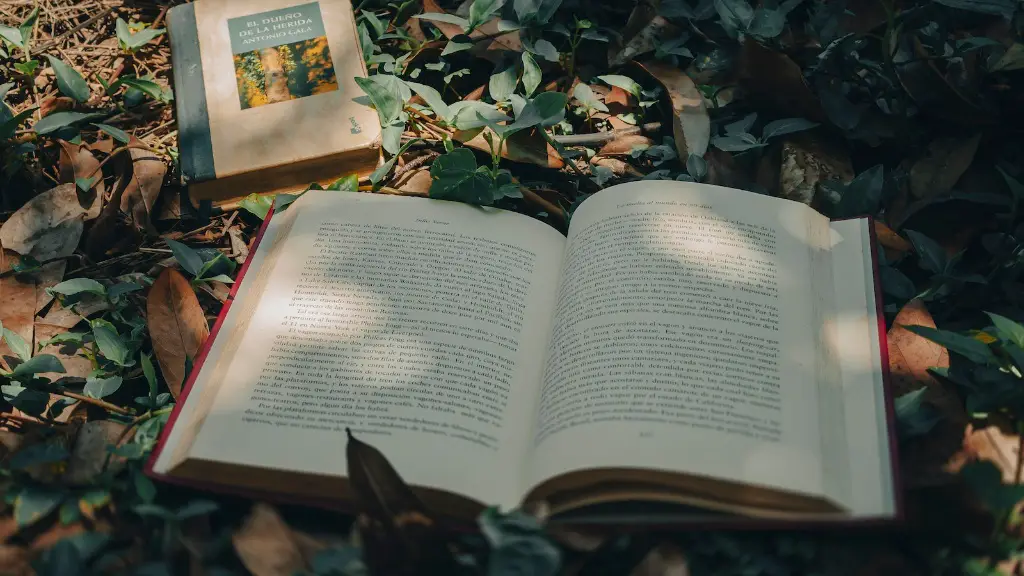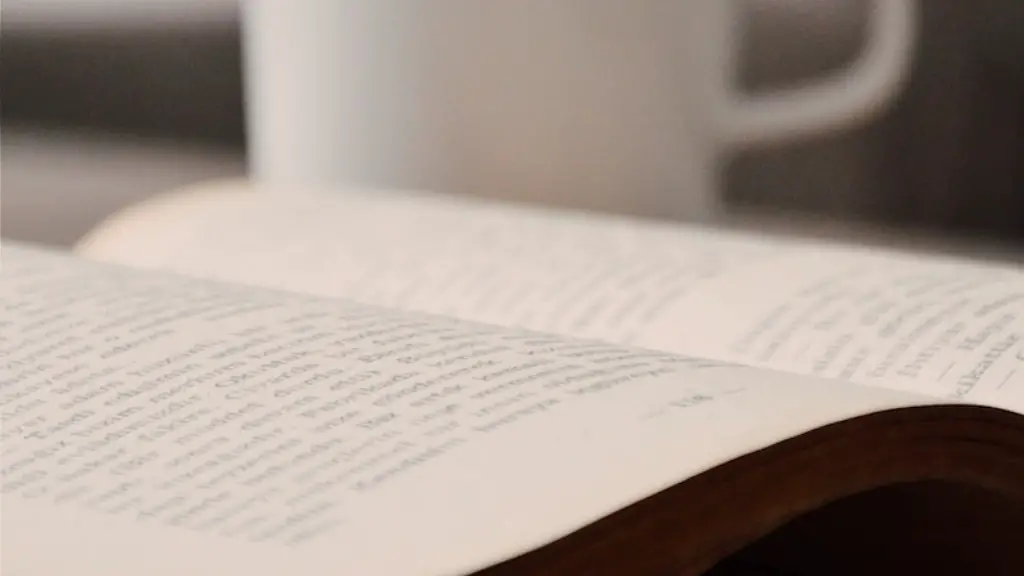What is Slam Poetry Definition?
Slam poetry is an art form that combines poetic delivery, competitive public performance, and audience participation. It started in Chicago in 1984 as an innovative way to bridge the gap between spoken word and performance poetry. Since then, slam poetry has become a popular form of expression and entertainment, with fiercely-contested slams held regularly in many cities worldwide.
At its heart, slam poetry is about freedom and self-expression. It provides a platform for marginalized voices to be heard, exploring emotions or experiences that might otherwise be overlooked. Through passionate delivery, slam poets can reach into their audience’s hearts and minds, tapping into a shared humanity and transforming the simple act of giving a poetry reading into something truly powerful.
Traditional poetry readings can be somewhat dry and aloof. With slam poetry, however, performance is at the forefront. Participants are encouraged to draw the audience in using movement, facial expressions, and vocal dynamics. The performer’s enthusiasm is essential: no matter how emotionally-charged the content is, without believable delivery and a dynamic presence, the poem is likely to fail.
As with any form of performance, putting a slam together is far more than simply memorizing handwritten pages. Competitions are judged on everything from delivery to performance elements to overall audience engagement. To increase their chances of winning, many performers develop their own stage presence to stand out among their peers.
The atmosphere at a slam event is often aggressive, but in the best possible way. Everyone is fiercely supportive of one another and the microphone invitations for audience participation are heartfelt and genuine. One of the key appeals of slam poetry is its accessibility—slams are often a chance for poets to perform their work in front of an audience in an open, encouraging environment.
Although slam poetry still follows the fundamental rules of poetry—metaphors, alliteration, rhythm—it challenges conventions like subjectivity and tone in order to convey powerful messages. Its purpose isn’t to be delicate or obscure: for many slam poets, the goal is to make an audience think, to reflect on the topics of their performance and take action.
History and Origin
The origins of slam poetry can be traced to the late 80s and early 90s, when Marc Smith, a Chicago-based poet and construction worker, started a poetry reading series designed to bring audiences together to share in a creative experience. Initially, the event was strictly poetry-based and featured established writers. In 1986, however, slam rules were introduced to encourage audience participation.
To make the event more accessible, Smith created the SlamMaster role, a role similar to a sports referee. The SlamMaster explained the premise and the rules and oversaw each of the three rounds, which were judged by five volunteers from the audience. At the end of each night, a winning poet would be crowned.
Slam poetry quickly caught on and competitions started appearing in other cities across the US during the late 90s. The most widely-known event, the National Poetry Slam, was initially held in Austin, Texas, and eventually moved to different cities across America.
Today, slams are held across all genres and forms, including spoken word pieces, ‘sonnets’, rap, and comedic verse. As more poets have begun experimenting with the form, the boundaries of what is classed as ‘acceptable’ performance within a slam have been pushed.
Style and Techniques
Slam poets harness a variety of styles to create complex and multi-faceted pieces. Most of these techniques fall into one of three categories: narrative, spoken word, and performance elements.
At its core, slam poetry is still a form of spoken word. In a poetic narrative, the poet weaves a story, allowing the audience to feel that they can relate to the poem on a personal level. It will often feature an opening, a build-up of tension and suspense, a climax and resolution, and a judgment or moral.
The poet may also use spoken word and performance elements. These can include sound effects, facial expressions, and movement. Slam poets use these elements to represent their feeling and convey meaning in ways that words might not. Movement, for example, creates visualization and helps to deepen the connection with the poem’s subject matter.
In performance poetry, the use of pauses, rhythm, and volume helps to create an emotive response in the audience. It also allows for an interpretation of each line or verse that makes it easier for the listener to connect with the poet on an emotional level.
Hooks and puns are also popular tools for slam poets to engage with their audience. These may include humorous references, cultural associations, and witty wordplay. However, the use of humor must be carefully balanced with expression, meaning, and emotion to create an effective whole.
Advantages of Slam Poetry
Slam poetry can have a profound impact on both its performers and its audience. By pushing the boundaries of what is socially accepted, slam poetry can challenge cultural stereotypes, promote self-awareness, and offer potential solutions to social problems.
The competitive aspect of slam poetry can also motivate performers to do their best and ensure that the standard of their pieces is high. This helps to hone presentation skills, enhance understanding of one’s craft, and increase confidence when performing.
Slams also attract huge diversity in language, culture, and knowledge on stage. This creates exciting conversations between performers, leading to the creation of new ideas and a greater understanding of one another. As a result, slam poetry can create an environment of constructive discussion and a sense of belonging.
For some, slam poetry can also be a form of catharsis, offering an outlet for personal expression and helping participants to process their emotions. It can also be used as a form of activism or protest to recognize or challenge injustice. And, as audience members can score each poem, slam poetry can provide feedback on one’s performance, helping to discover what works and what doesn’t.
Components of Slam Poetry
A successful slam poem can be broken down into four main components: Flow, Content, Performance, and Delivery.
To ‘flow’ is a term used to describe the flow and rhythm of a poem, from verse to verse. It’s the continuous movement that drives a poem, allowing the listener to transition smoothly from one idea to the next.
Content refers to the topic and ideas explored in a piece. This may include themes of identity, culture, relationships, social justice, or personal issues. The topics should be appropriate for the audience, offering something of interest or relevance.
Performance elements refer to the physical aspects of delivery, such as tone of voice, facial expressions, and body language. By incorporating these elements effectively, the performer can add depth and emotion to a piece.
Finally, delivery is made up of anything from the use of sound effects and vocal dynamics, to the pacing and tempo of the poem. It’s through these small details that the poet’s energy and passion for the subject are communicated to the audience.
Slam Poetry Events
Slams events are held in a variety of locations and are often accessible to all. While some are held in traditional theater set-ups, there are also slams held in bookstores, cafes, bars, and nightclubs.
Slams typically follow a regular format, with three rounds of 10 poets each, judged by five members of the audience. There are usually strict rules on the amount of time allowed—most slams have poets perform for a maximum of four minutes each. The performer with the highest score at the end of the night is declared the winner.
The competition aspects of slams can be fierce. Poets use props and exaggerated hand movements to catch the attention of judges, while other performers break into song or chant before the audience. Some slam events also feature accompanying musical accompaniments or artwork to enhance the experience.
The range and variety of slams are testament to the diversity of slam poets and their audiences. Unlike other forms of performance, slams give performers the freedom to explore their topics and ideas without restriction, allowing them to create powerful, thought-provoking works of art.
Conclusion
Slam poetry is a powerful tool that brings together many elements of spoken word, competitive performance, and audience participation. It offers an open platform to explore the boundaries of poetry and explore themes of identity, culture, relationships, and social justice. As the popularity of slams continues to grow, performers are pushing the limits of what is possible, turning the simple act of giving a poetry reading into something truly unique and inspiring.





